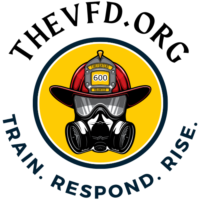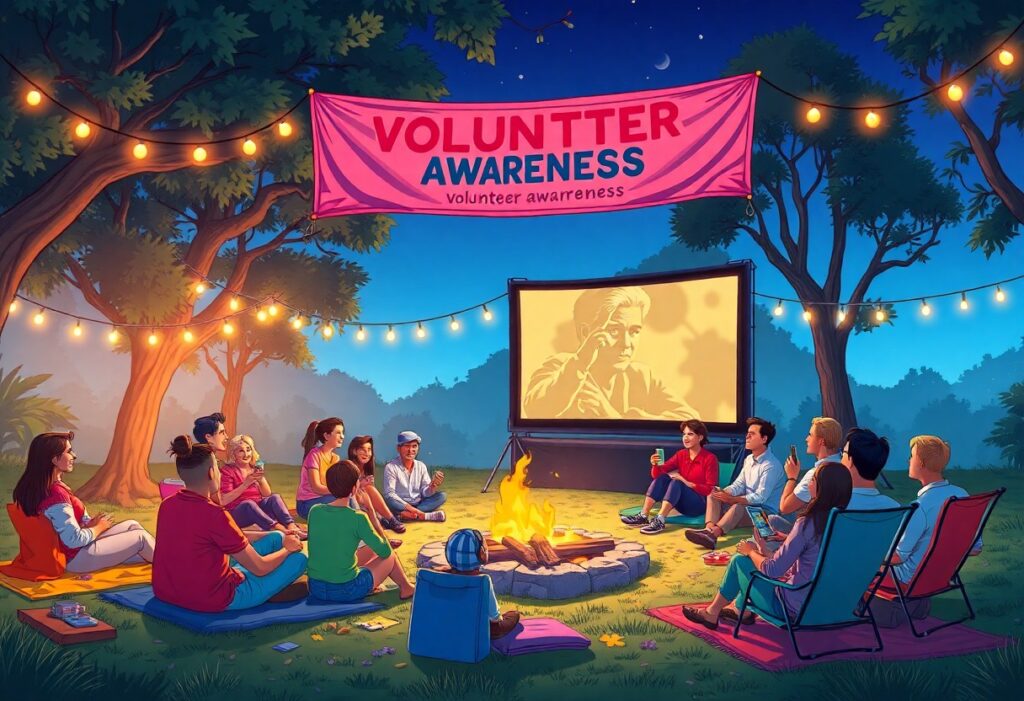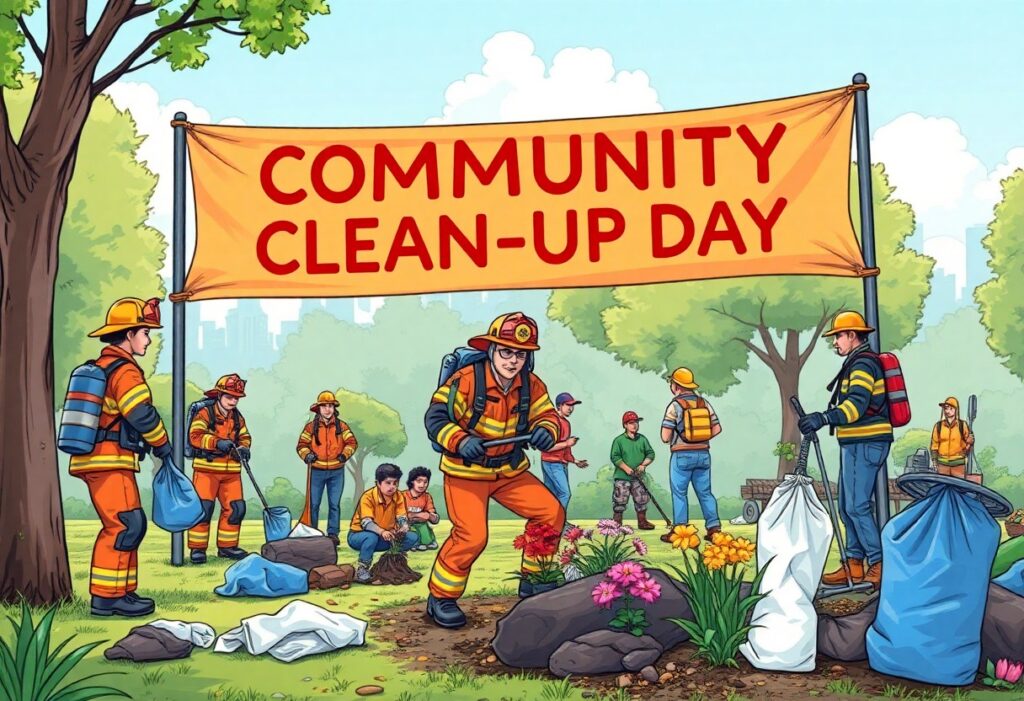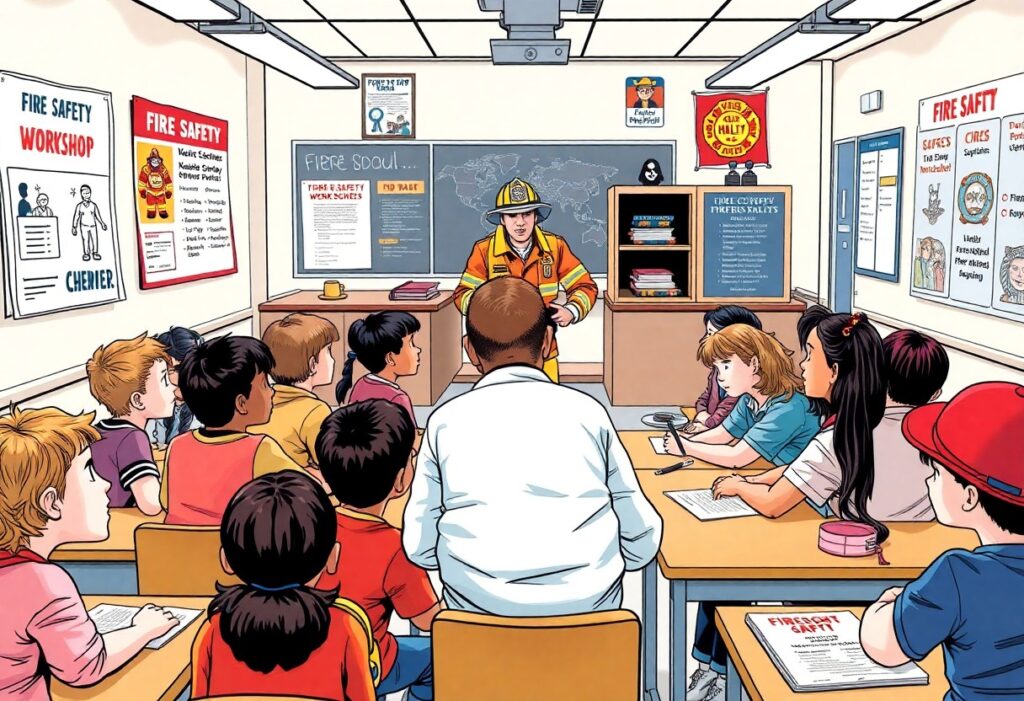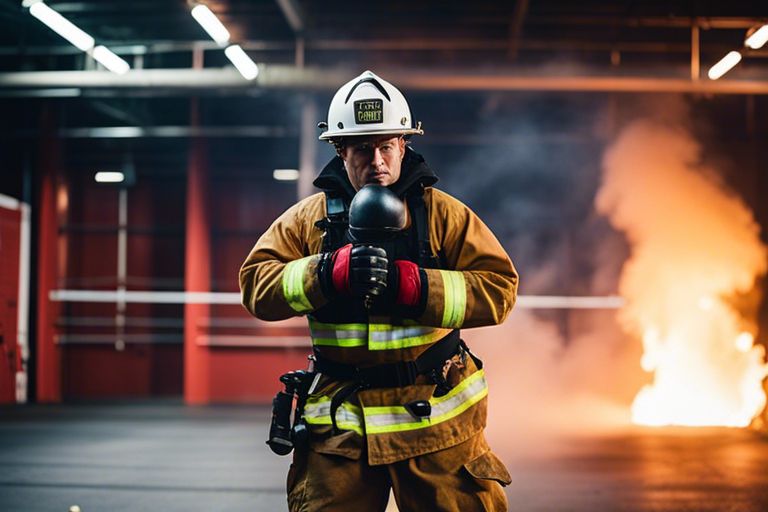How To Set Up An Outdoor Firehouse Movie Night To Foster Community Bonds And Volunteer Awareness
Many community members are looking for meaningful ways to connect and raise awareness about volunteer opportunities. Hosting an outdoor movie night at your local firehouse is a fantastic way to achieve just that. This event not only brings people together for a fun evening but also highlights the importance of community service and the vital […]
